House of the Wannsee Conference and Free Berlin
Today we first traveled to the southwest of Berlin to the idyllic resort town on the lake named Wannsee. Here, in January of 1942, 15 high-ranking National Socialist government officials gathered to organize the implementation of the final solution to the Jewish question. Around the table sat 8 Ph.D’s and many other highly-educated, highly skilled leaders within the Nazi party. And within 90 minutes they had finished all the needed arrangements and coordinations and adjourned the meeting. Sometimes we go to places which highlight the victims, today we focused on the perpetrators. As was expected, our discussion that followed was focused and insightful, though heavy-laden with emotions that were a mixture of disbelief and despair. Some pictures of that event are below.
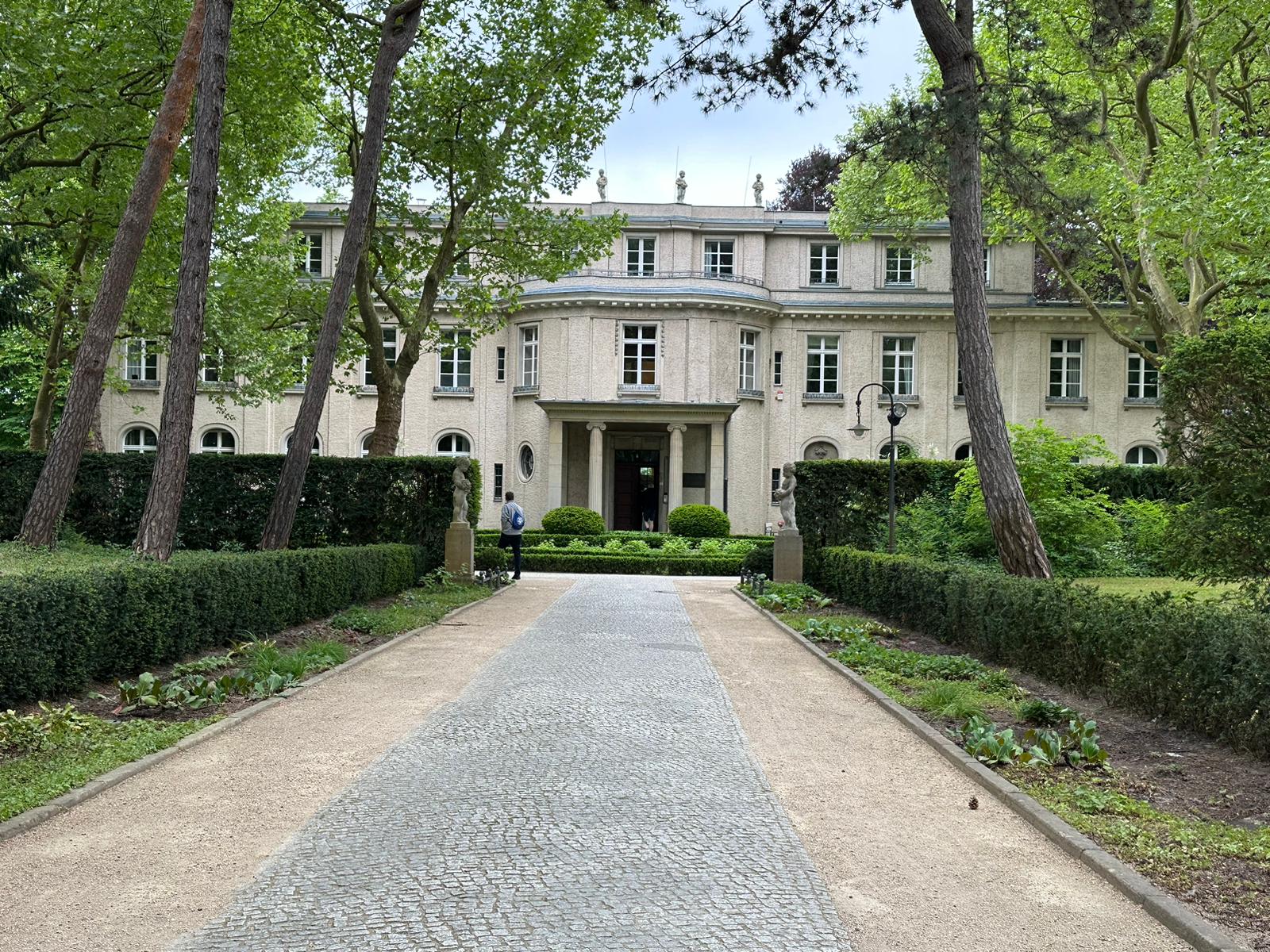
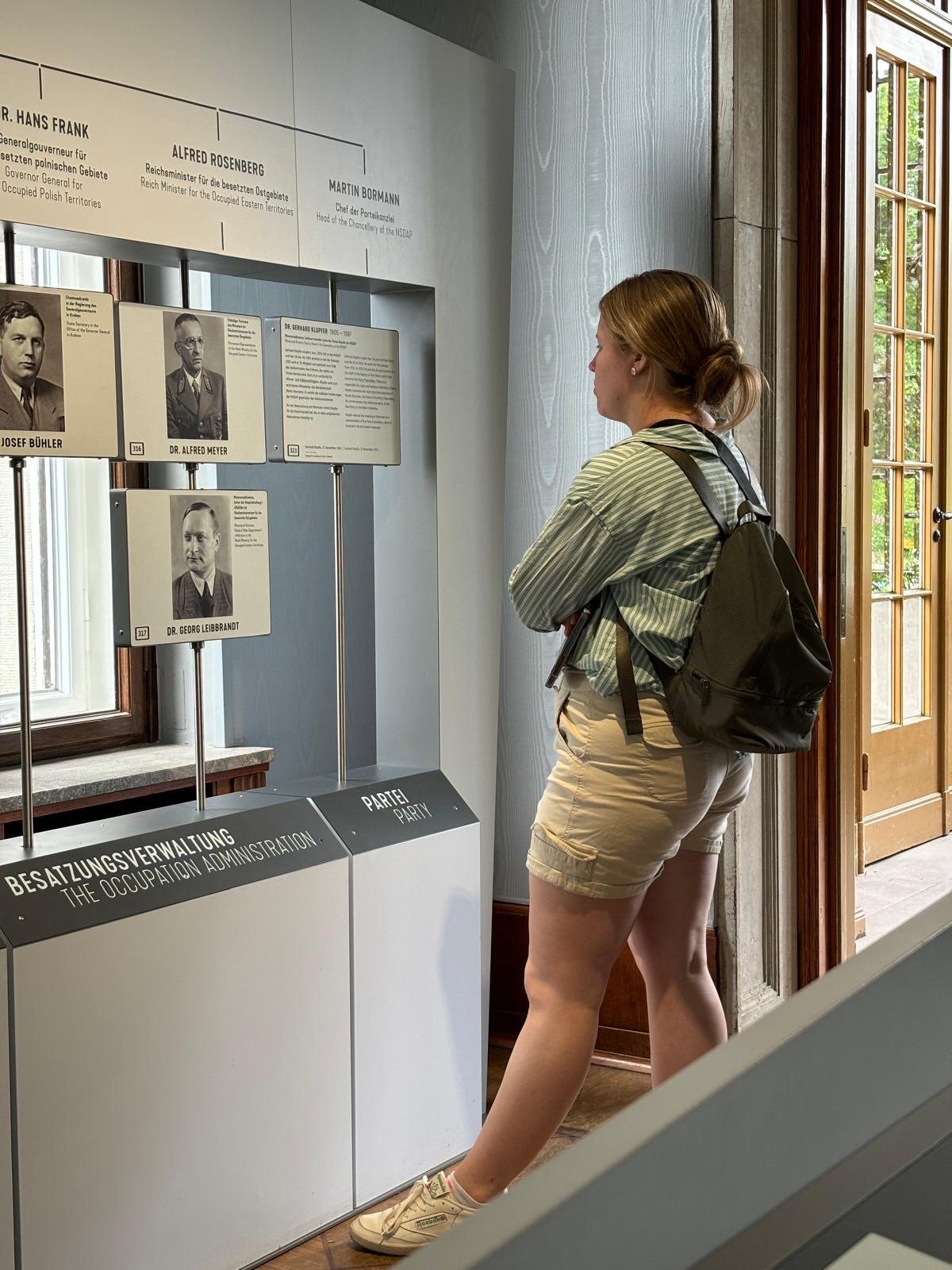
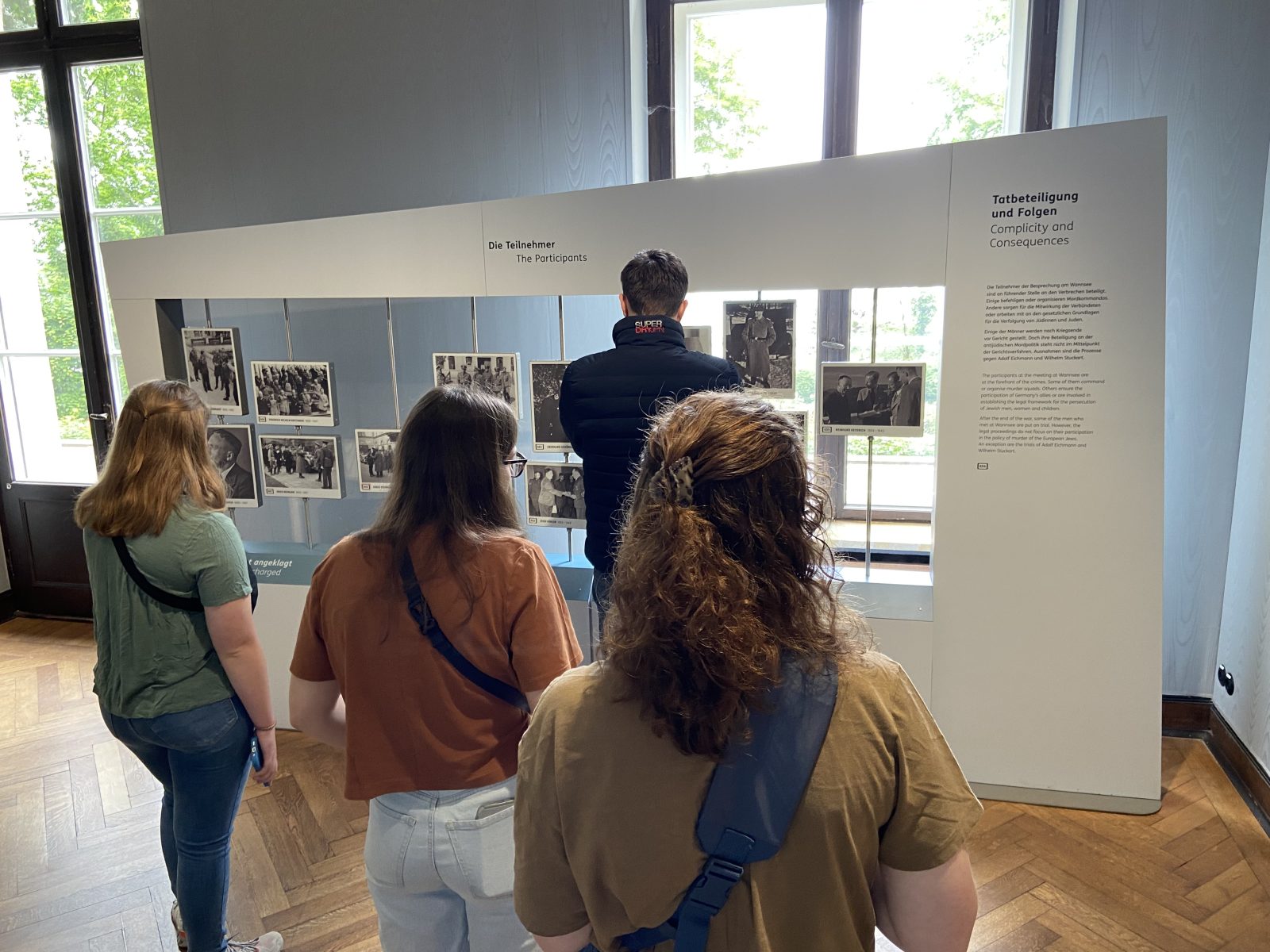
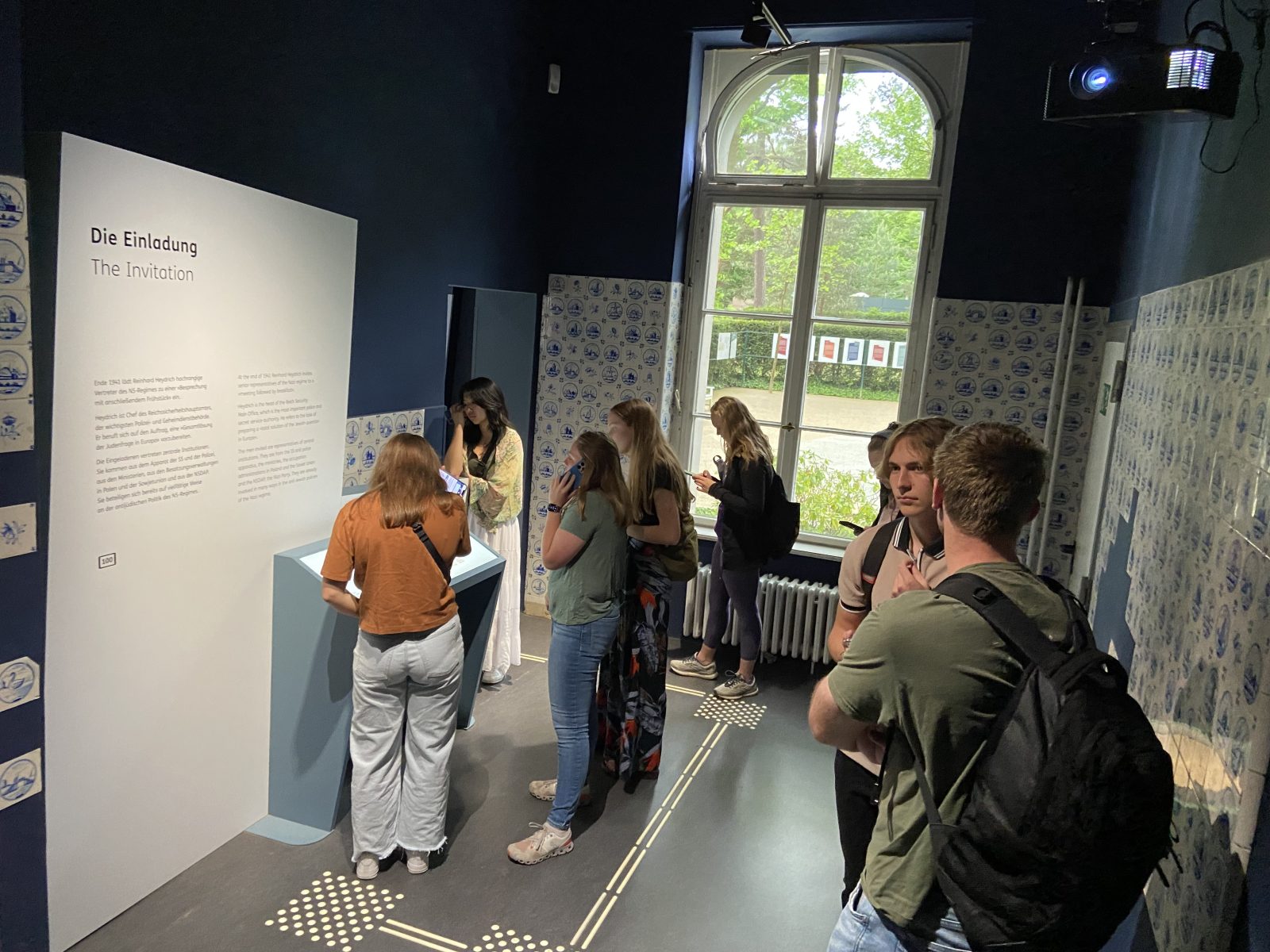
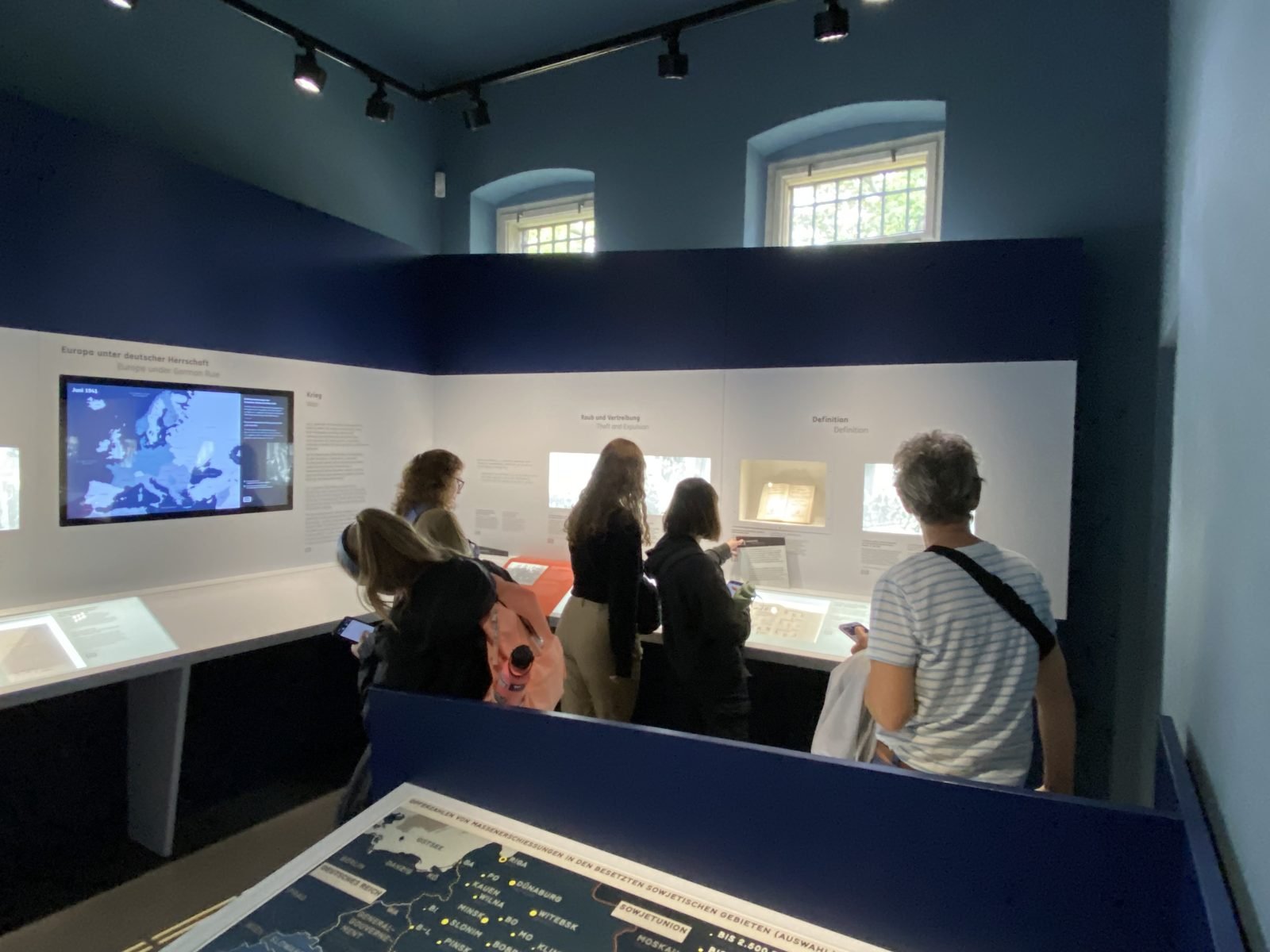
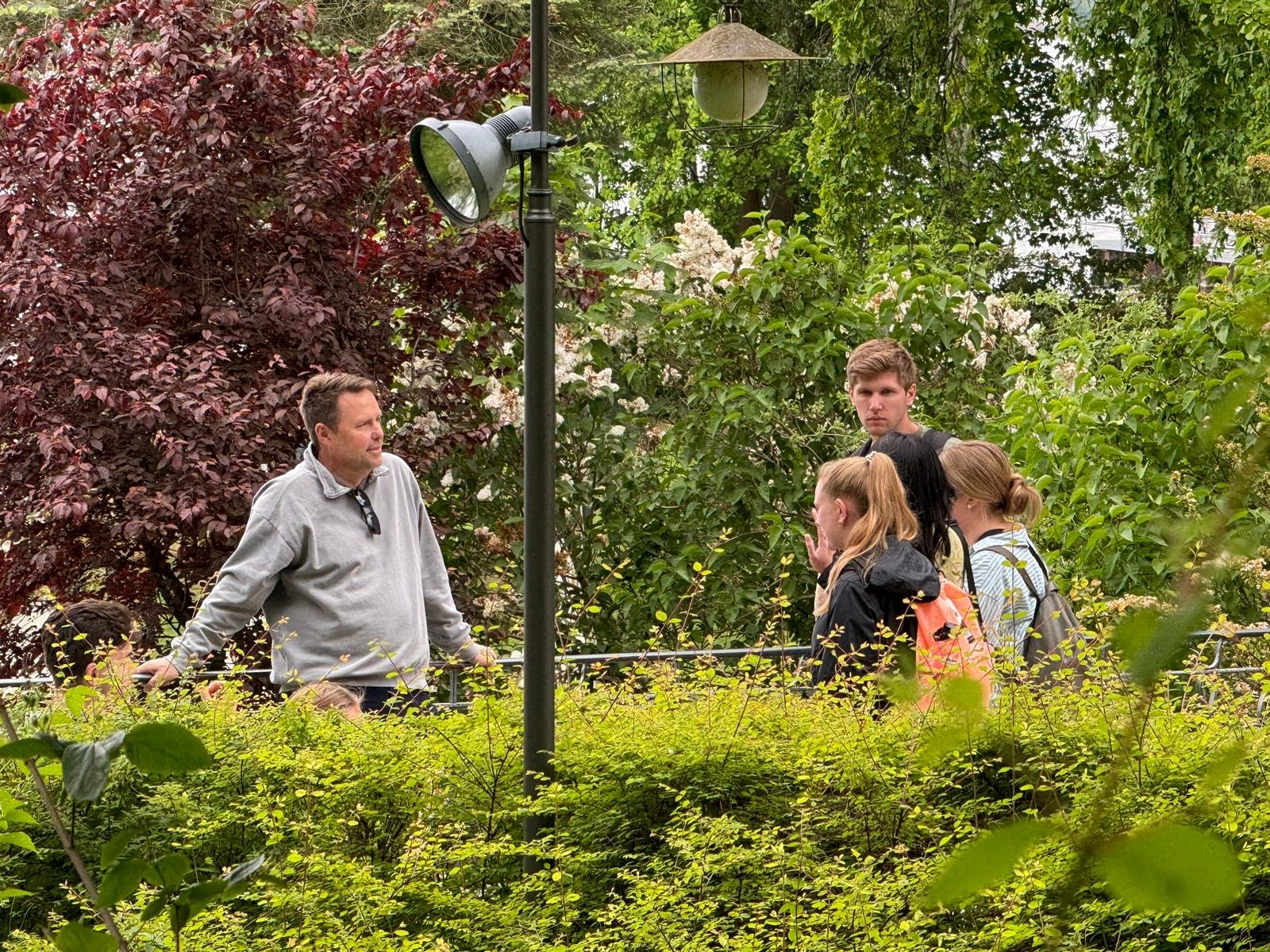
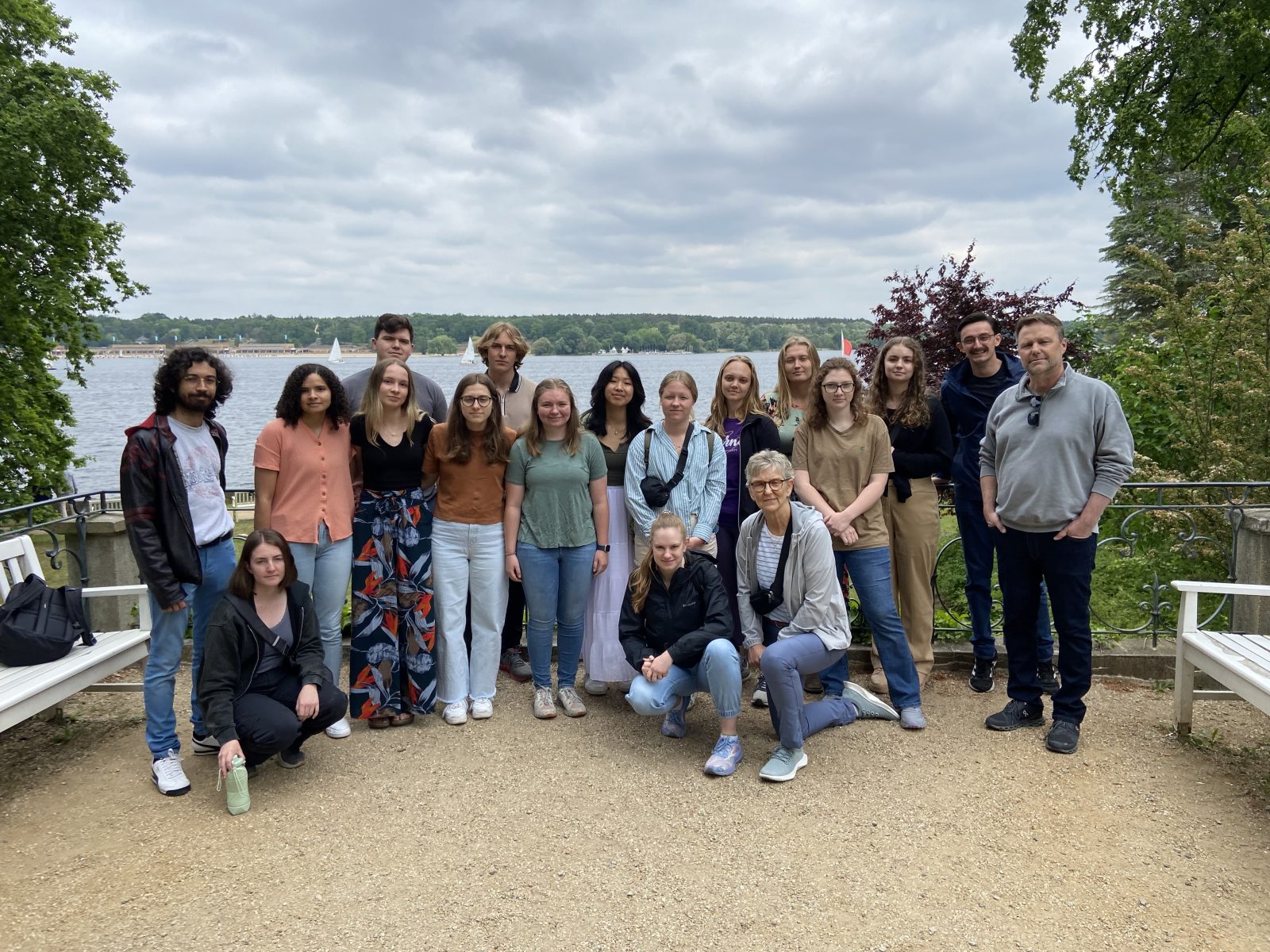
This was our only academic item for the day. The students then dispersed and explored what Berlin has to offer. As for me, I traveled alone and tracked down a few places I have been wanting to visit for some time. First I found the Otto Suhr Institute of Political Science at the Freie Universität of Berlin. (From 1927 until 1945 this was called the “Kaiser Wilhelm Institute for Anthropology, Human Heredity, and Eugenics.”) I hope to go back one day and tour the little museum they are creating about the role this institute played in providing intellectual inspiration and scientific “cover” for the Nazis racist and ableist ideology. Then, I traveled to a the former Anhalter Bahnhof Station – the biggest station in Berlin, prior to the war. From this location thousands of Jews immigrated outside of Germany prior to 1939, and then once the war started over 9,000 Berliner Jews were sent from here to places in the east for extermination. A small marker now tells this story. During the cold war this station’s usefulness diminished greatly and it was eventually destroyed. Only the edifice remains. Finally, I tracked down the Schwerbelastungskörper, or “heavy load-bearing body.” It was an attempt by Nazi engineers to see if the marshy ground in that part of Berlin could hold the massive triumphal arch that Hitler had planned to build once the war was won. Well, it still stands…and the attendant there told me that today’s engineers have mixed views as to whether it would have held the weight of the imagined structure. Pictures are below.

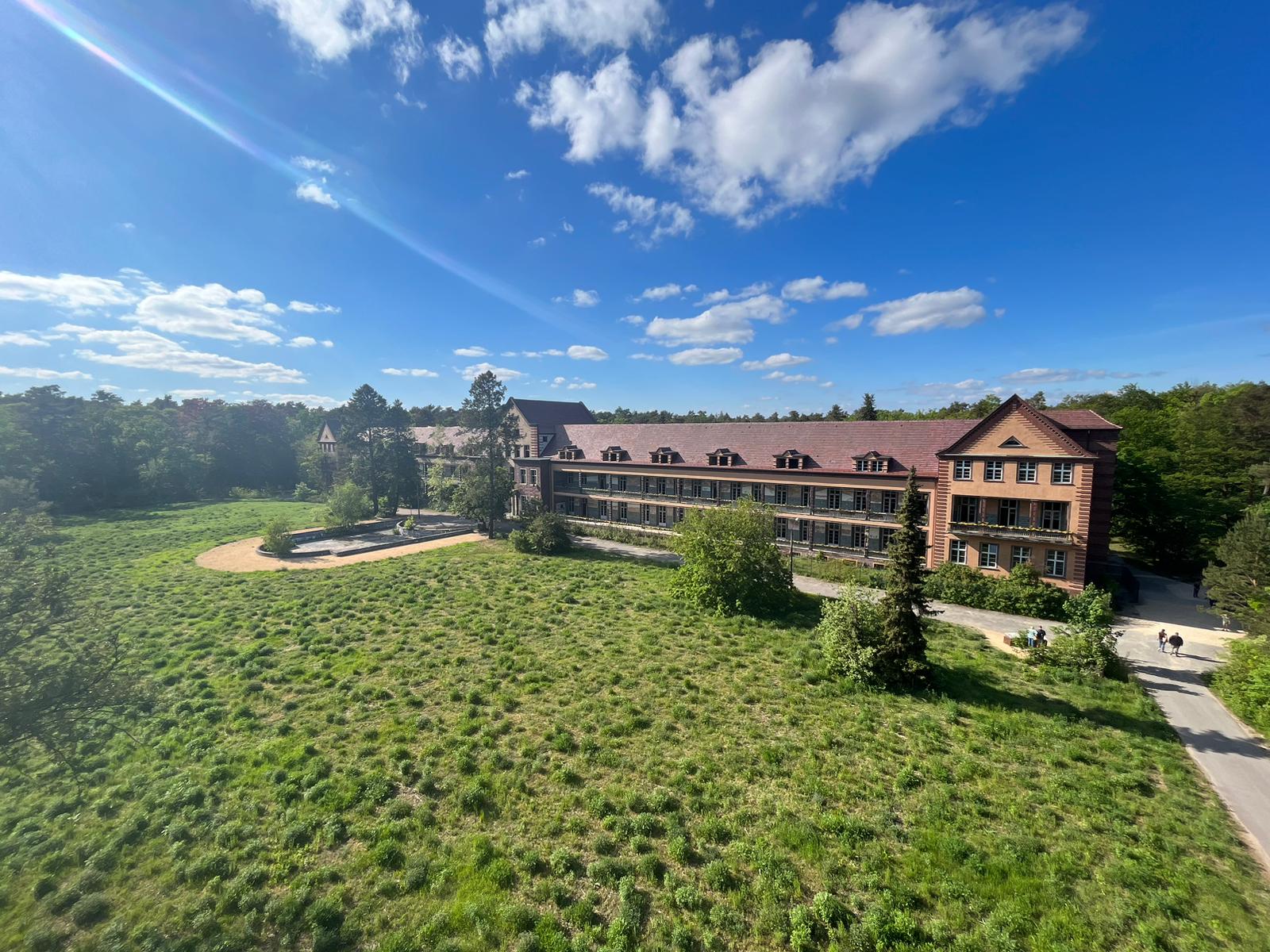

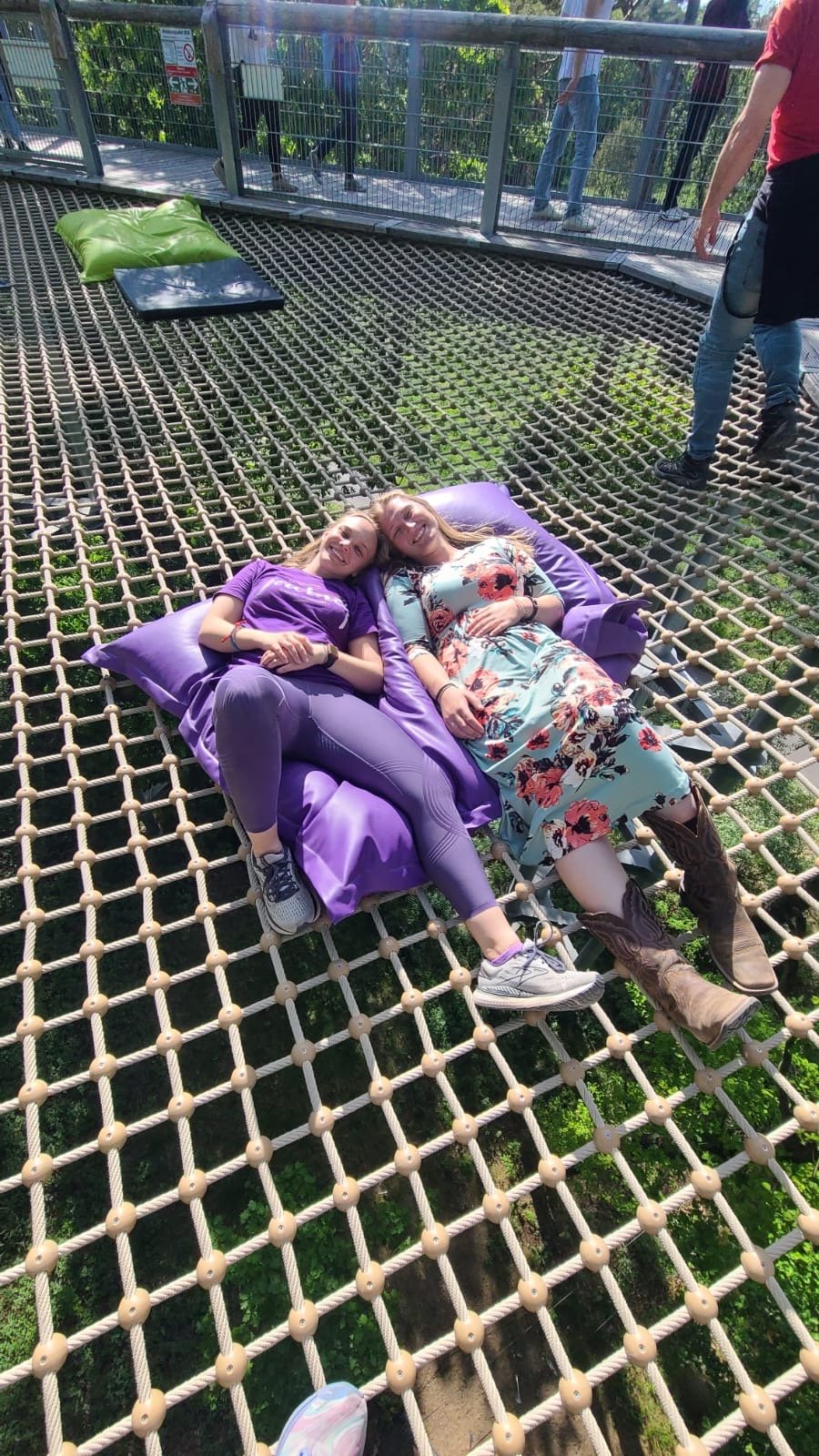
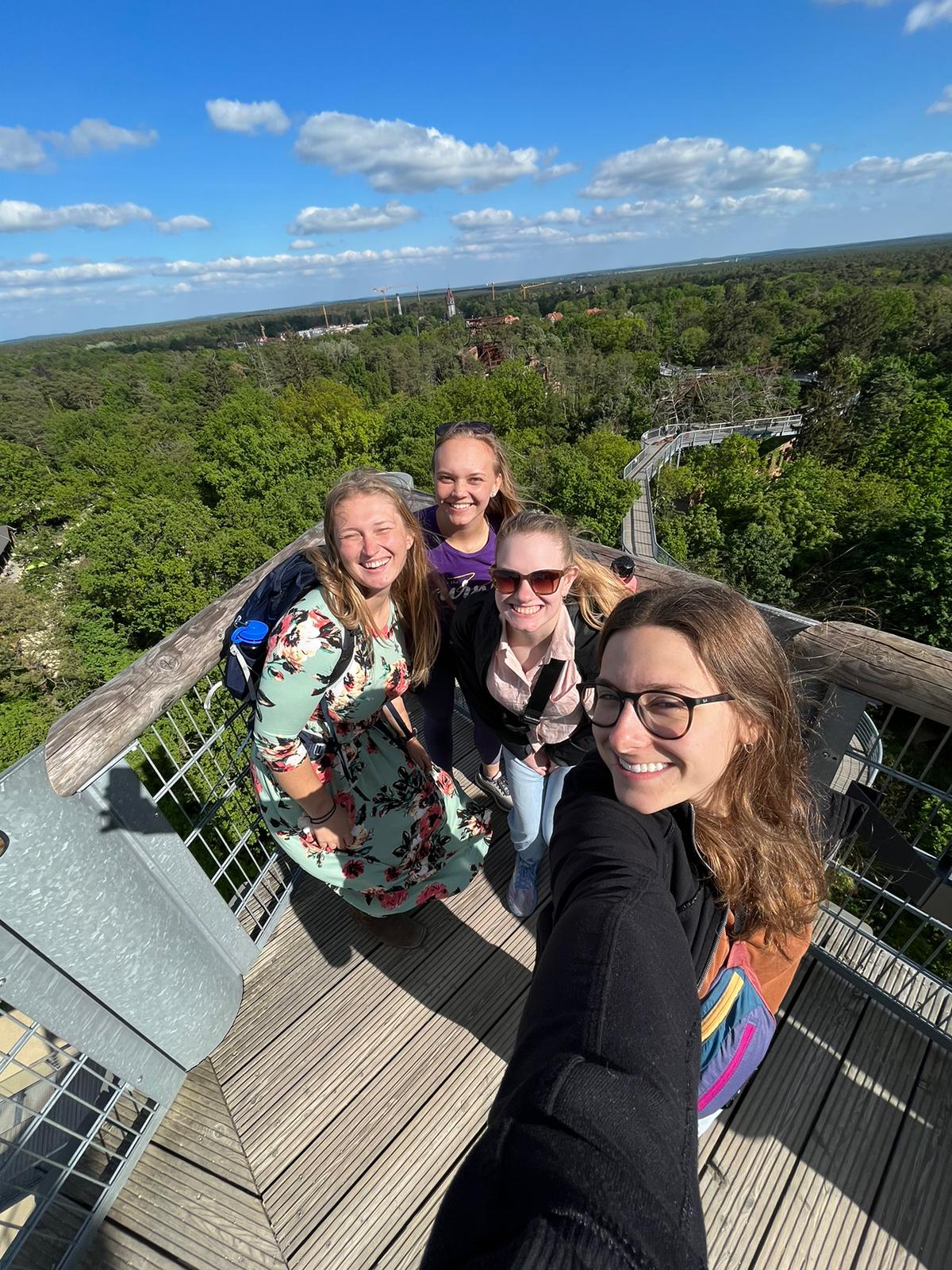

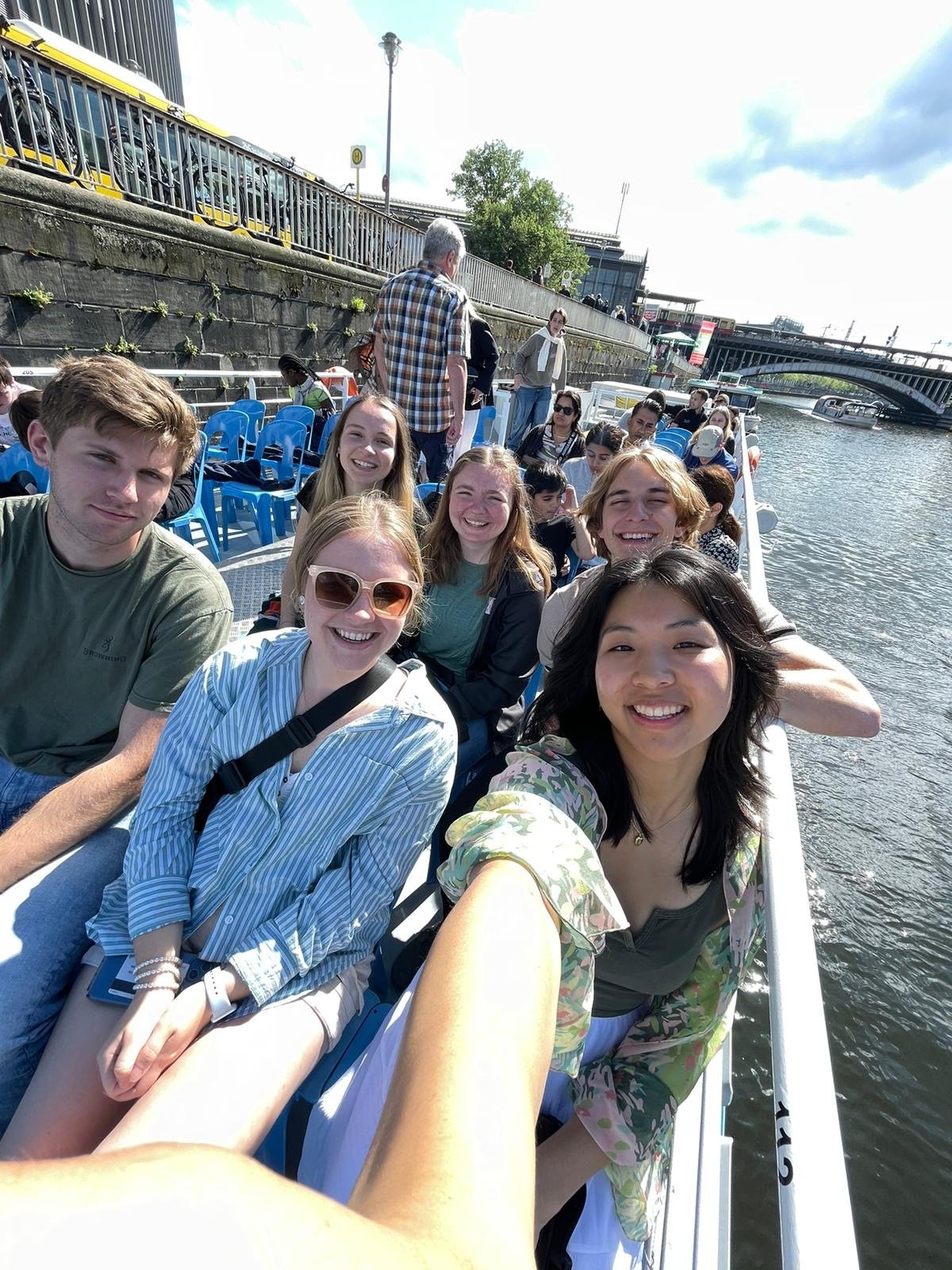
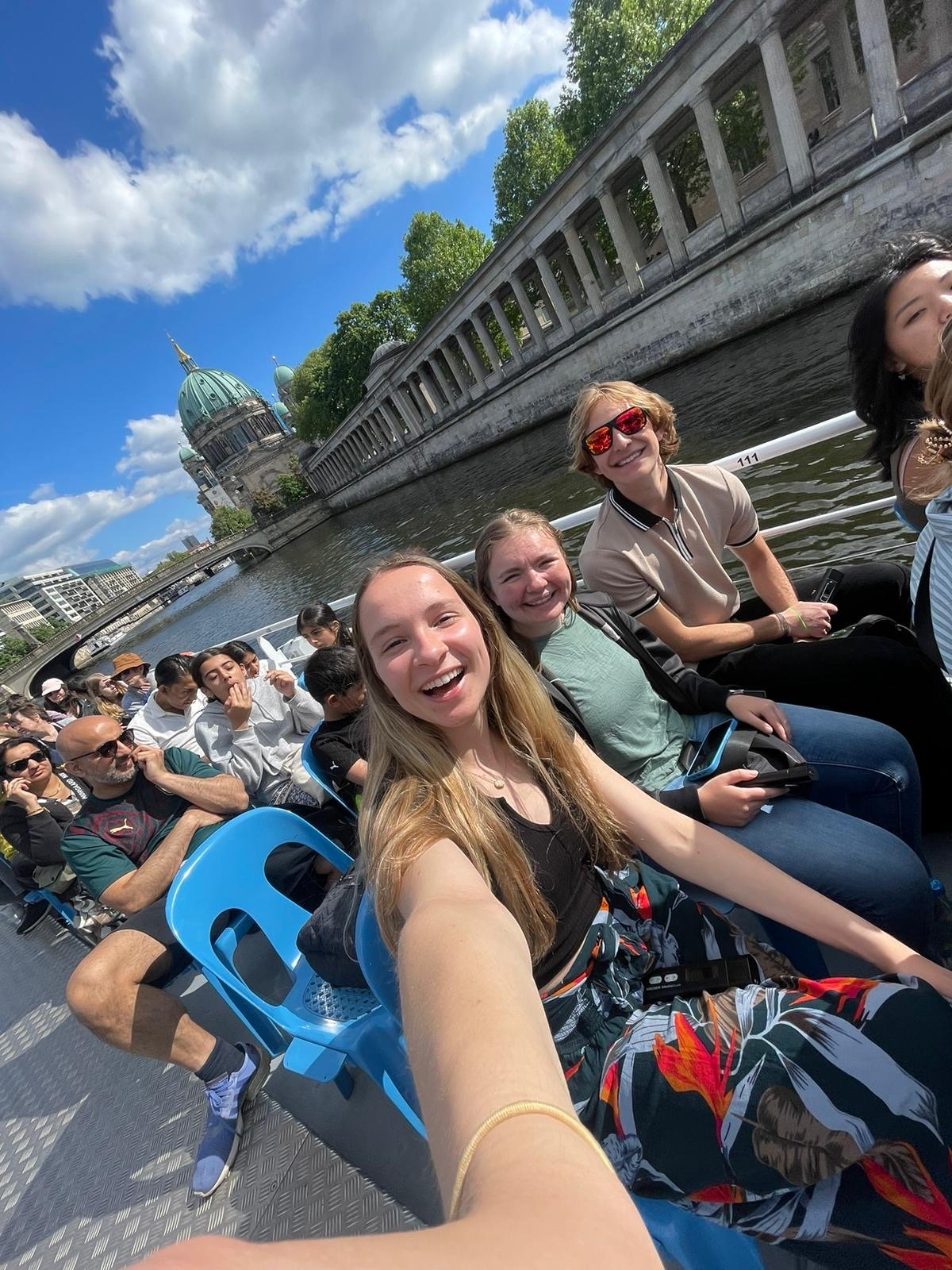
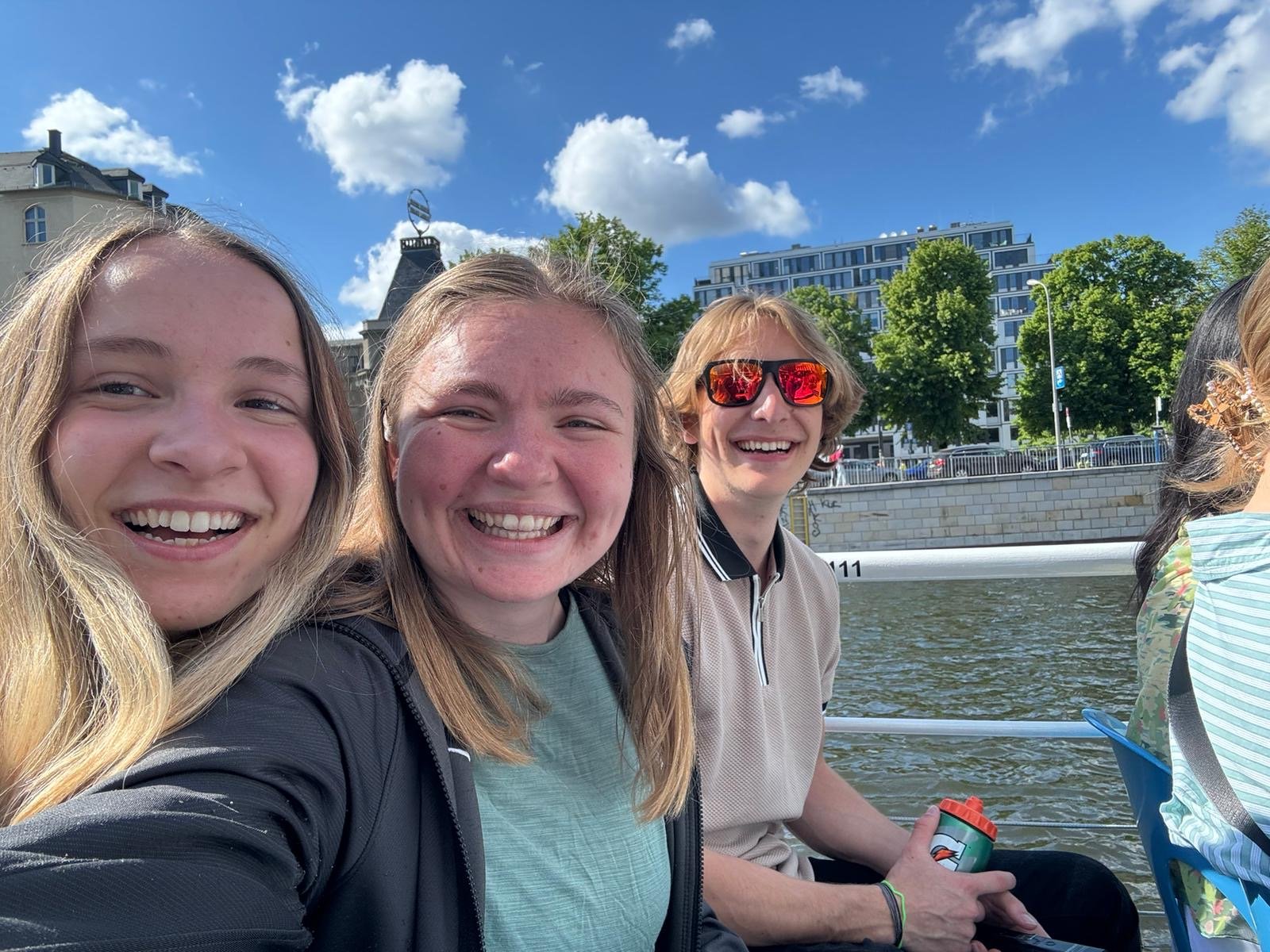
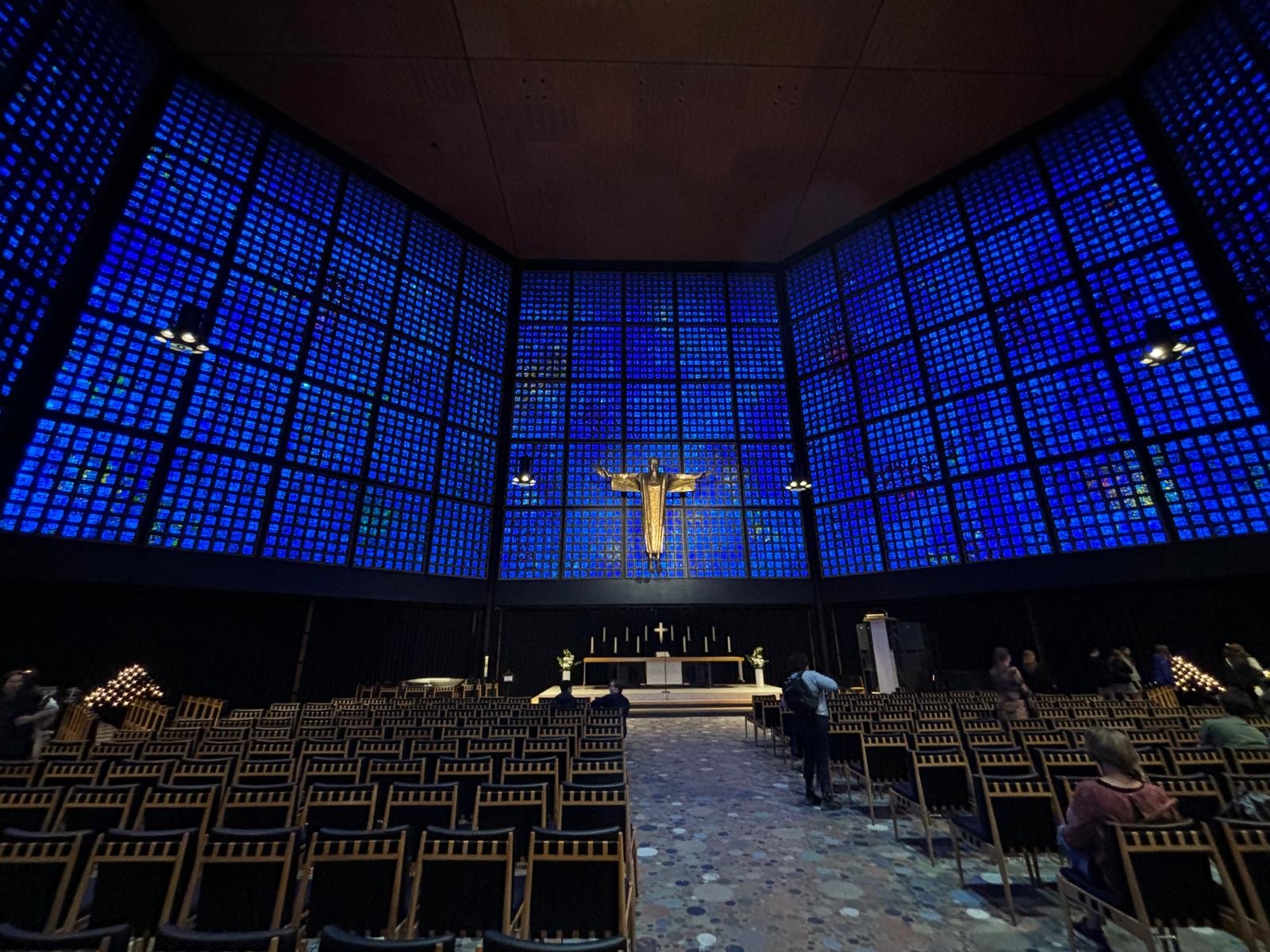
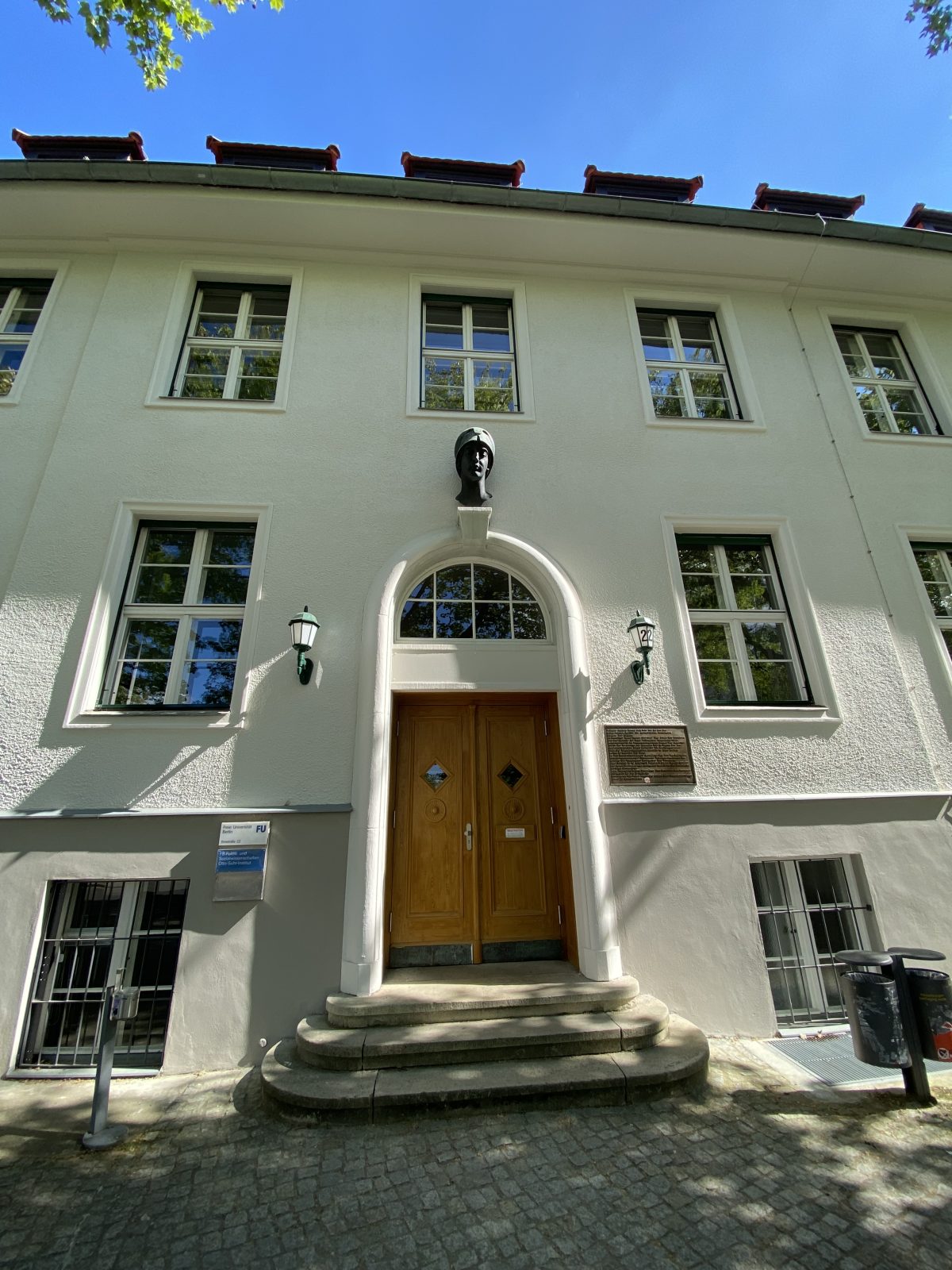
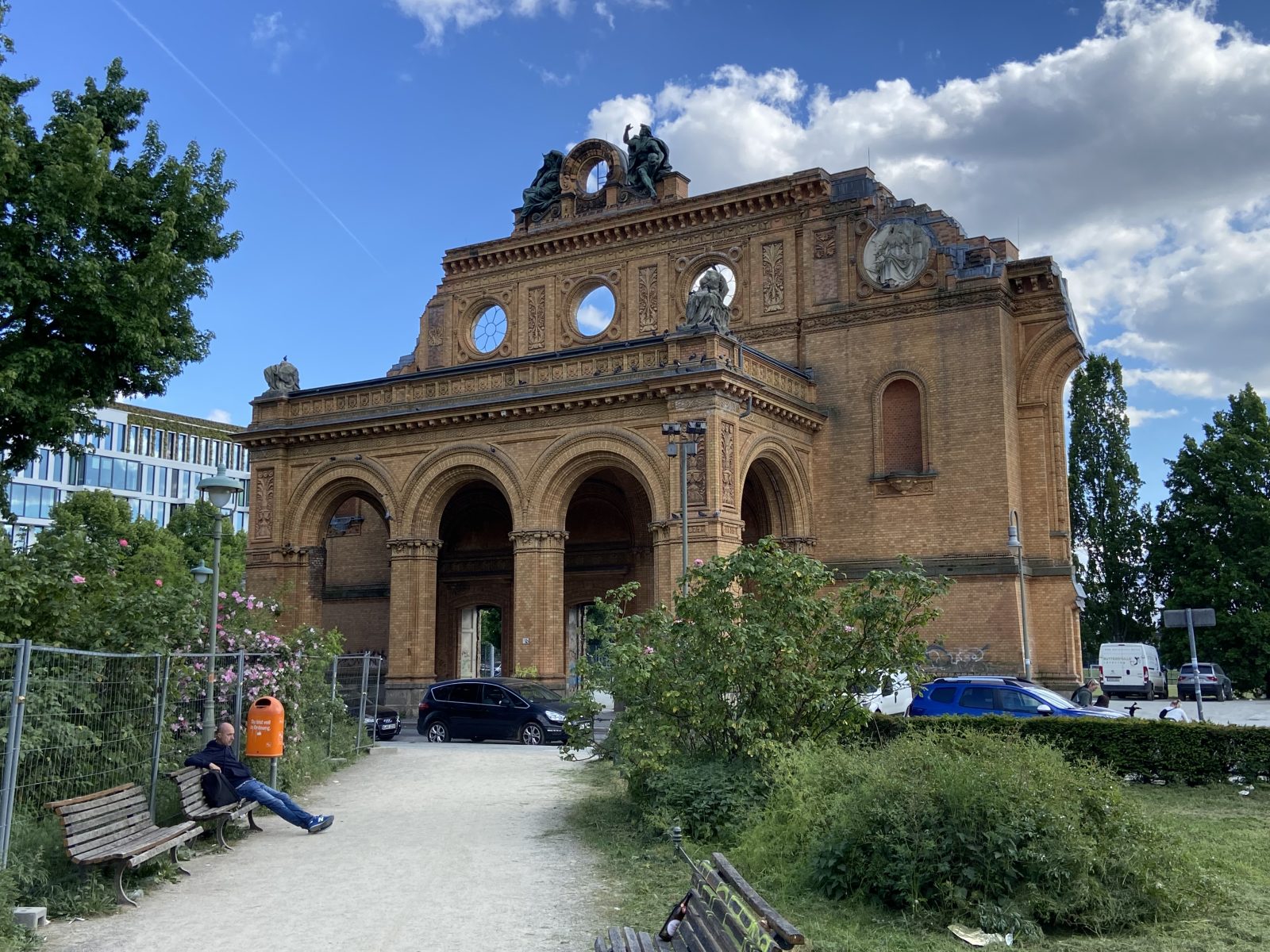
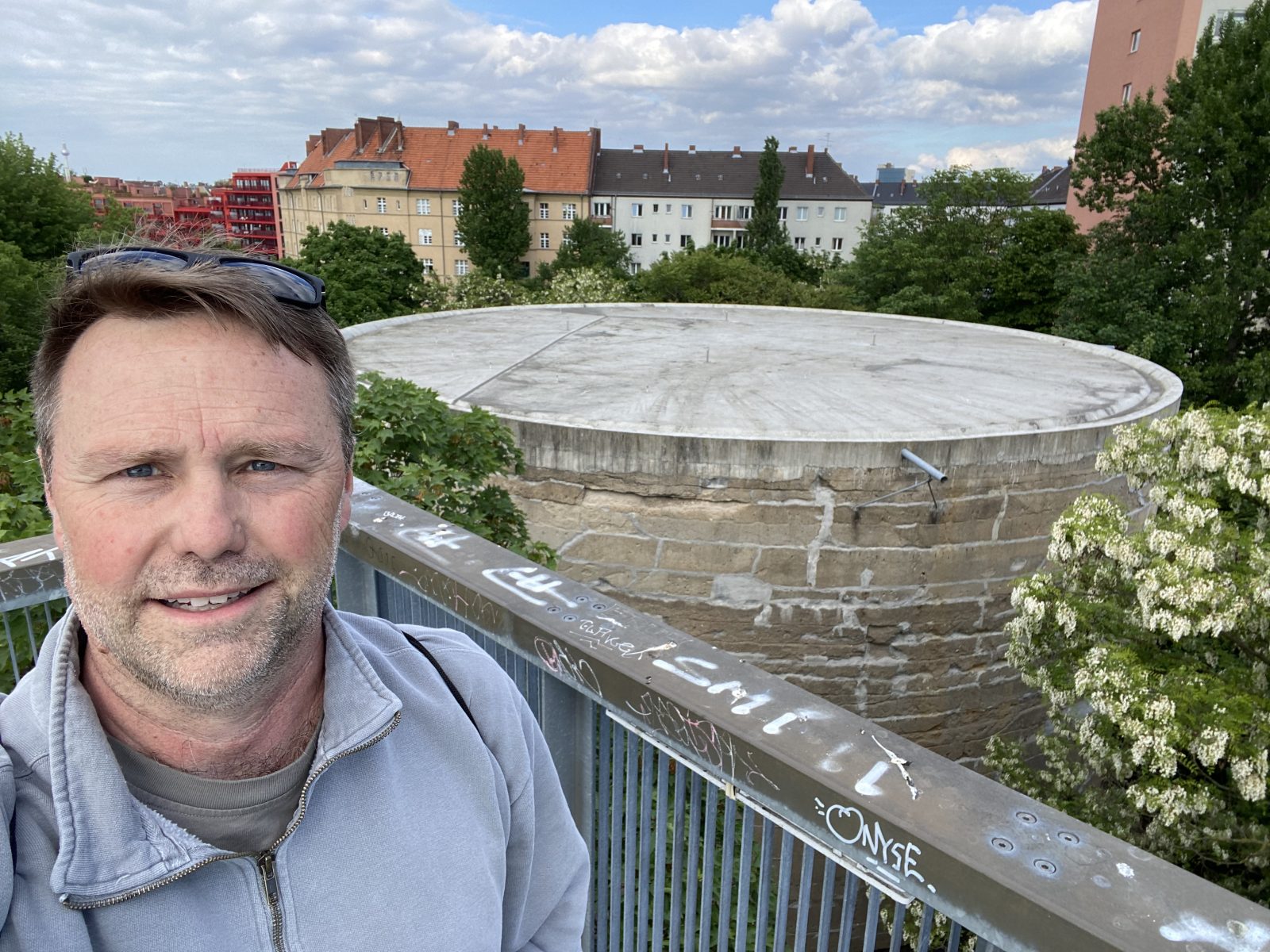
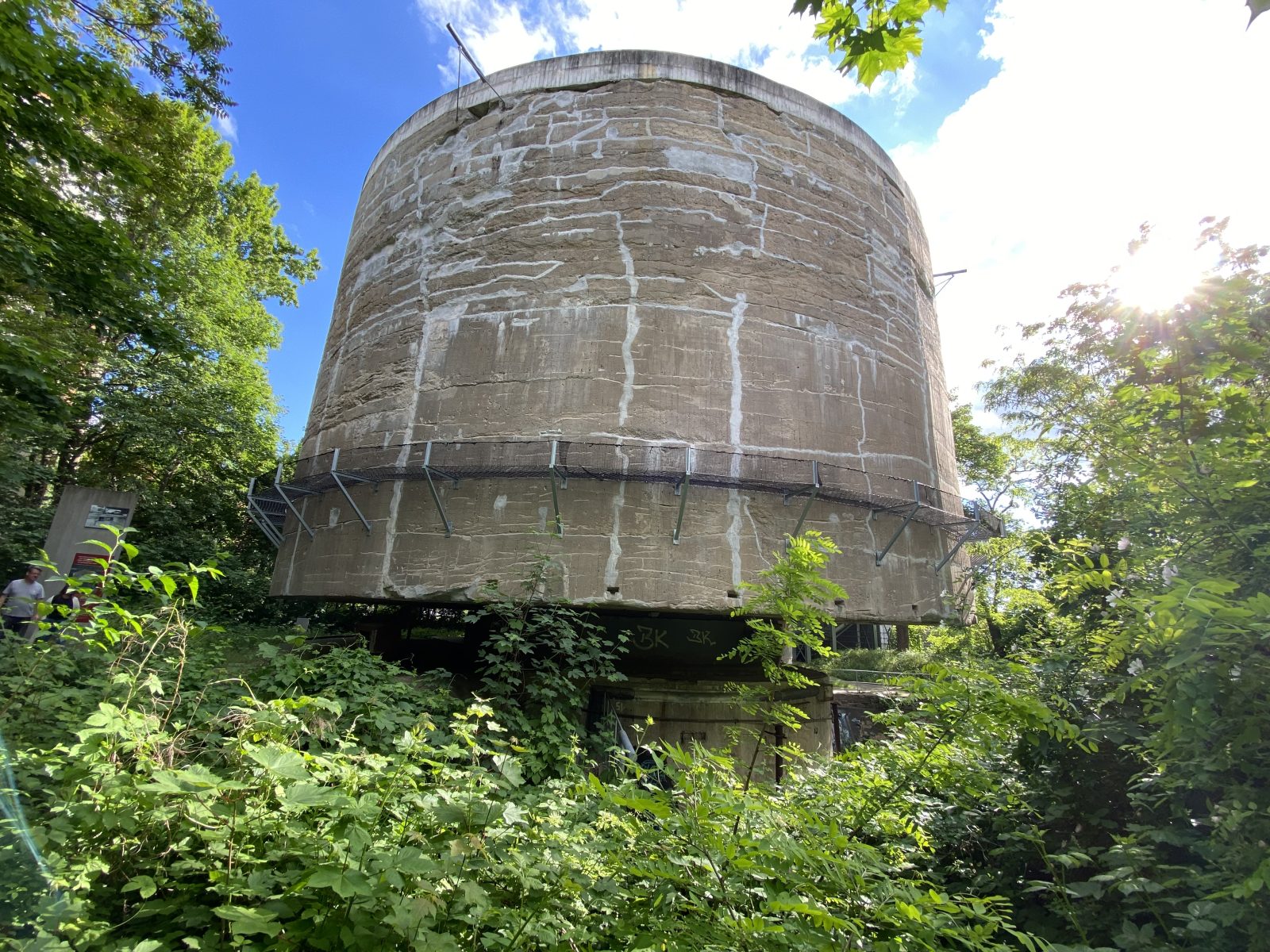

Tomorrow we visit the Jewish Museum of Berlin in the afternoon.